New Year in Japan is not only the moment of transition between the old year and the new year, but also an occasion for people here to send good wishes through unique culinary culture. New Year dishes in Japan are imbued with tradition, contain rich meanings and are meticulously prepared in delicate Osechi Ryori boxes. The flavors blend between the past and the present, captivating visitors.
1. Kagami Mochi
Kagami Mochi - A famous New Year's dish in Japan (Photo source: Collected)
Kagami Mochi, one of the famous New Year's dishes in Japan, is a symbol of fullness and fulfillment. This mochi is made from two layers of mochi stacked on top of each other, topped with a tangerine, representing the moon and the sun. It is prepared with the intention of wishing for a new year filled with happiness and a bountiful harvest.
Kagami Mochi is also a dish for Japanese people to look back on the past year, realize what they have done and what they have not done, from there draw lessons and set goals for the coming year. This is an indispensable dish in the reunion and solemn atmosphere of New Year in Japan.
2. Ozoni - Rice Cake Soup
Ozoni - A Japanese New Year dish imbued with Japanese culture (Photo source: Collected)
Another Japanese New Year dish that you cannot miss is Ozoni – rice cake soup. This is a dish that is deeply rooted in Japanese culture, cooked from rice cakes, chicken or pork, combined with vegetables such as cabbage, carrots, radishes and mushrooms. This dish symbolizes welcoming the New Year with the wish for good health and a happy family. The chewy rice cakes in the soup also symbolize family bonding, creating a warm meal, and also a new beginning with good luck.
3. Toshikoshi Soba - Japanese longevity noodles
Longevity noodles are a dish symbolizing health (Photo source: Collected)
Toshikoshi Soba, also known as longevity noodles, is a Japanese New Year dish that Japanese people eat on New Year's Eve to wish for a long and healthy life. The long, slender noodles symbolize a long and lasting life. This noodle dish is made from buckwheat soba noodles, dashi broth, and toppings such as tempura, fish cakes, and raw eggs. Eating Toshikoshi Soba on New Year's Eve also has a profound meaning in cutting off the bad luck of the old year, creating a new beginning full of hope and luck.
4. Nanakusa gayu - Seven-grass porridge
Seven-herb porridge is a dish that purifies the body on the first day of Tet (Photo source: Collected)
Nanakusa Gayu is a porridge made from seven herbs, which has the effect of purifying the body and bringing health to the eater. On the morning of the first day of Tet, this dish not only helps to soothe the body after days of partying but also conveys the wish for a healthy and energetic new year.
5. Kuri Kinton - Sweet potato and chestnut cake
Sweet chestnut sweet potato cake for Japanese New Year (Photo source: Collected)
Kuri Kinton, a sweet potato and chestnut cake, is one of the must-have dishes at the Japanese New Year's Osechi Ryori. It is made from mashed sweet potatoes and sweet stewed chestnuts, creating a dish that is both delicious and meaningful. The yellow color of Kuri Kinton symbolizes prosperity and wealth, a wish for a prosperous and successful new year. This dish is not only loved during the New Year but is also a traditional dessert enjoyed by the Japanese all year round.
6. Datemaki – Rolled Egg
Datemaki rolled eggs represent wishes for success (Photo source: Collected)
Datemaki rolled omelet is an indispensable dish on the New Year's Eve tray in Japan. With its sweet taste, this rolled omelet brings wishes for success in education and career for the whole family. The rolled shape of the dish is like a wish for sustainable development and continuous growth.
7. Namasu – Carrot and radish salad
Namasu with its characteristic sweet and sour taste (Photo source: Collected)
Namasu, with its main ingredients being pickled carrots and radishes, has a bright color and a distinctive sweet and sour flavor. This is a New Year dish in Japan that helps refresh the palate after heavy meals, and also carries the meaning of wishing peace and luck for the family in the new year.
8. Chikuzenni/Nishime – Braised Vegetable Dishes
New Year's dishes in Japan symbolize abundance and prosperity (Photo source: Collected)
Chikuzenni is a stew made with chicken, carrots, lotus root, and other vegetables. Not only is this dish delicious, it also carries a message of family harmony, lasting relationships, and a prosperous new year.
9. Tataki Gobo – Burdock Root
Tataki Gobo - A healthy New Year's dish (Photo source: Collected)
Tataki Gobo is a Japanese New Year dish made with burdock root. It is simple to prepare but very nutritious. This dish not only has a unique flavor but also symbolizes health, longevity and the ability to thrive in life.
10. Kuromame – Stewed black beans
Kuromame is a dish symbolizing perseverance during Tet (Photo source: Collected)
Kuromame is a Japanese New Year dish made from black beans, giving it a mild sweetness. This dish symbolizes hard work, good health and perseverance. With the meaning of diligence, this black bean dish is always present on the New Year's tray.
11. Kazunoko – Herring Roe
New Year's dishes in Japan have deep meanings (Photo source: Collected)
Kazunoko is a traditional Japanese New Year dish made from herring roe. Not only is this delicious, it also symbolizes fertility, a wish for a large family, many grandchildren, and a bright future.
12. Ebi no Umani – Shrimp stew
Ebi no Umani shrimp stew symbolizes longevity (Photo source: Collected)
Ebi no Umani shrimp is an indispensable dish in Japanese New Year parties. With the curved shape of the shrimp, this dish symbolizes longevity, good health and a long, happy life.
13. Tazukuri – Fried sardines coated in sweet sauce
Tazukuri - A typical Japanese New Year dish (Photo source: Collected)
Tazukuri is a Japanese New Year dish with a distinctive sweet and salty taste, made from dried sardines, then simmered with soy sauce, Mirin and sugar. This dish symbolizes a bountiful harvest, wishes for the family and community to live in abundance and happiness, with hope for a new year full of victory.
14. Kamaboko – Fish Cake
The delicate fish cake dish represents constant development (Photo source: Collected)
Kamaboko is a Japanese New Year dish made from fish, processed into beautiful shapes, usually red and white fish cakes. This dish is not only beautiful but also brings good luck and prosperity to the family, symbolizing sophistication and continuous development.
15. Su Renkon – Pickled lotus root
Su Renkon - Tet dish with refreshing taste (Photo source: Collected)
Su Renkon is made from pickled lotus root, giving it a light, refreshing taste. The holes in the lotus root represent a bright future without obstacles. This is a Japanese New Year dish that carries the message of a smooth new year, without difficulties or obstacles.
New Year dishes in Japan not only have unique flavors but also contain deep meanings, associated with culture and good wishes. Don't miss the opportunity to fully explore these unique experiences. Let Vietravel accompany you on a complete and memorable spring trip to Japan.
Source: https://www.vietravel.com/vn/am-thuc-kham-pha/top-15-mon-an-ngay-tet-o-nhat-ban-kham-pha-van-hoa-am-thuc-xu-so-hoa-anh-dao-v16176.aspx


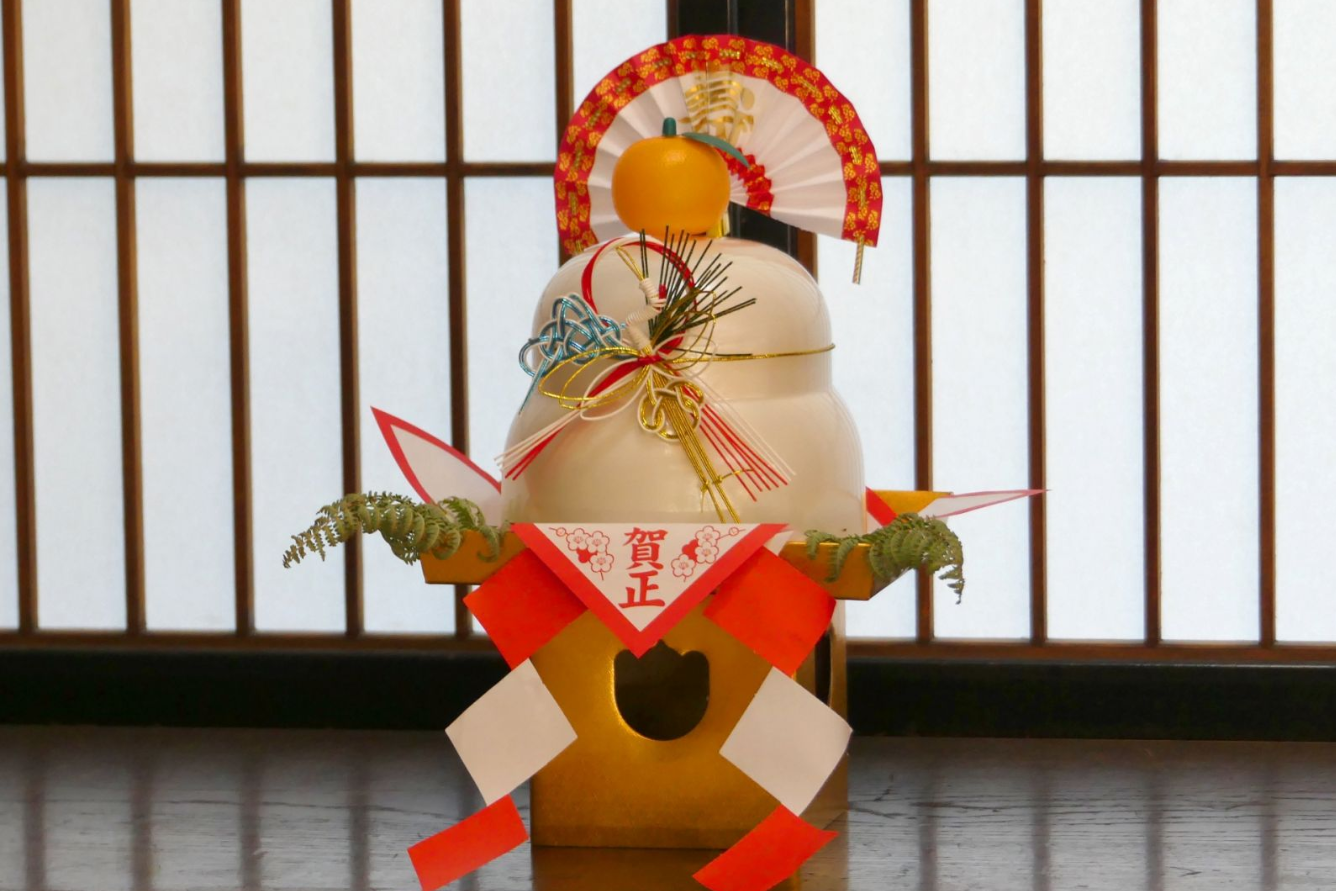
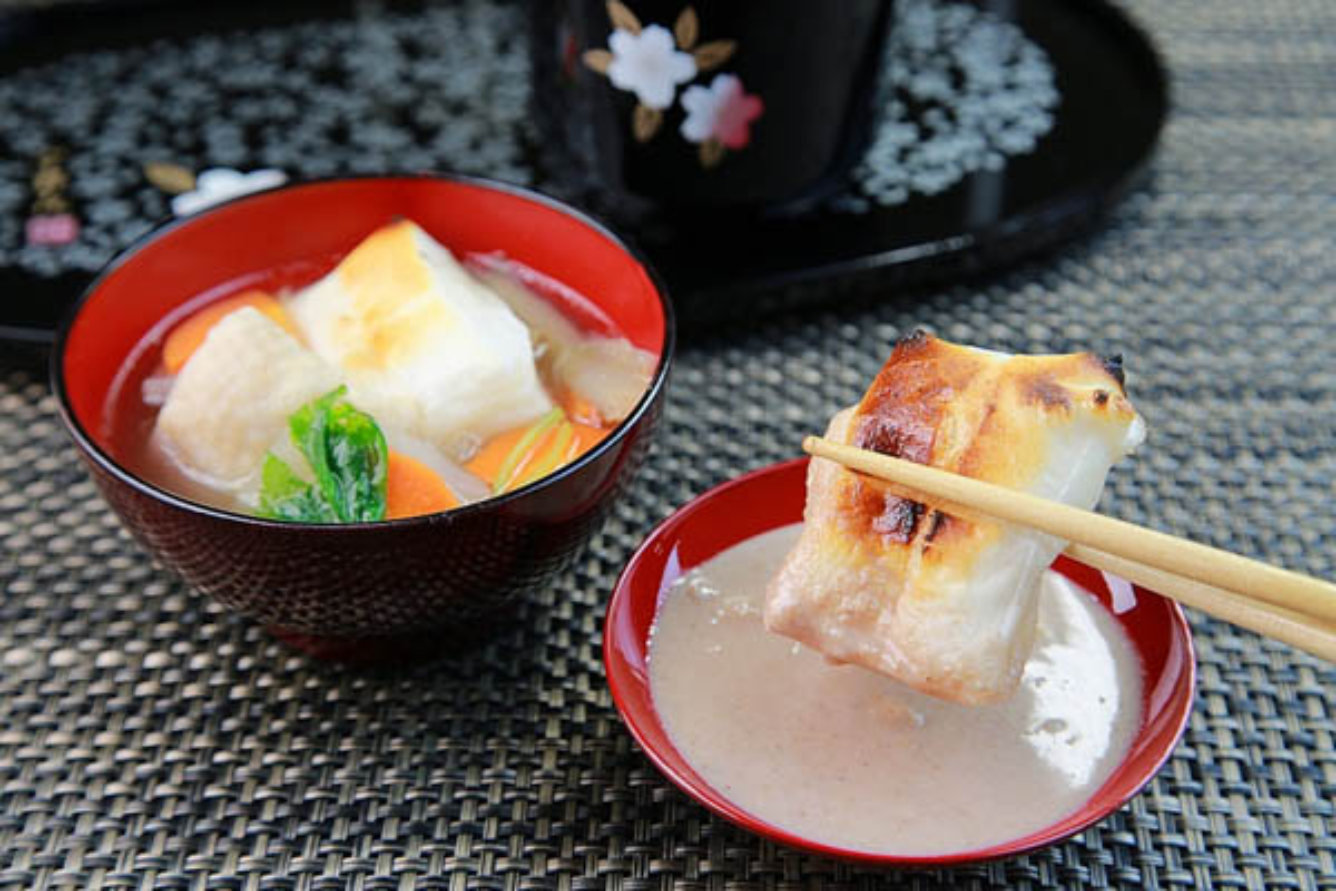
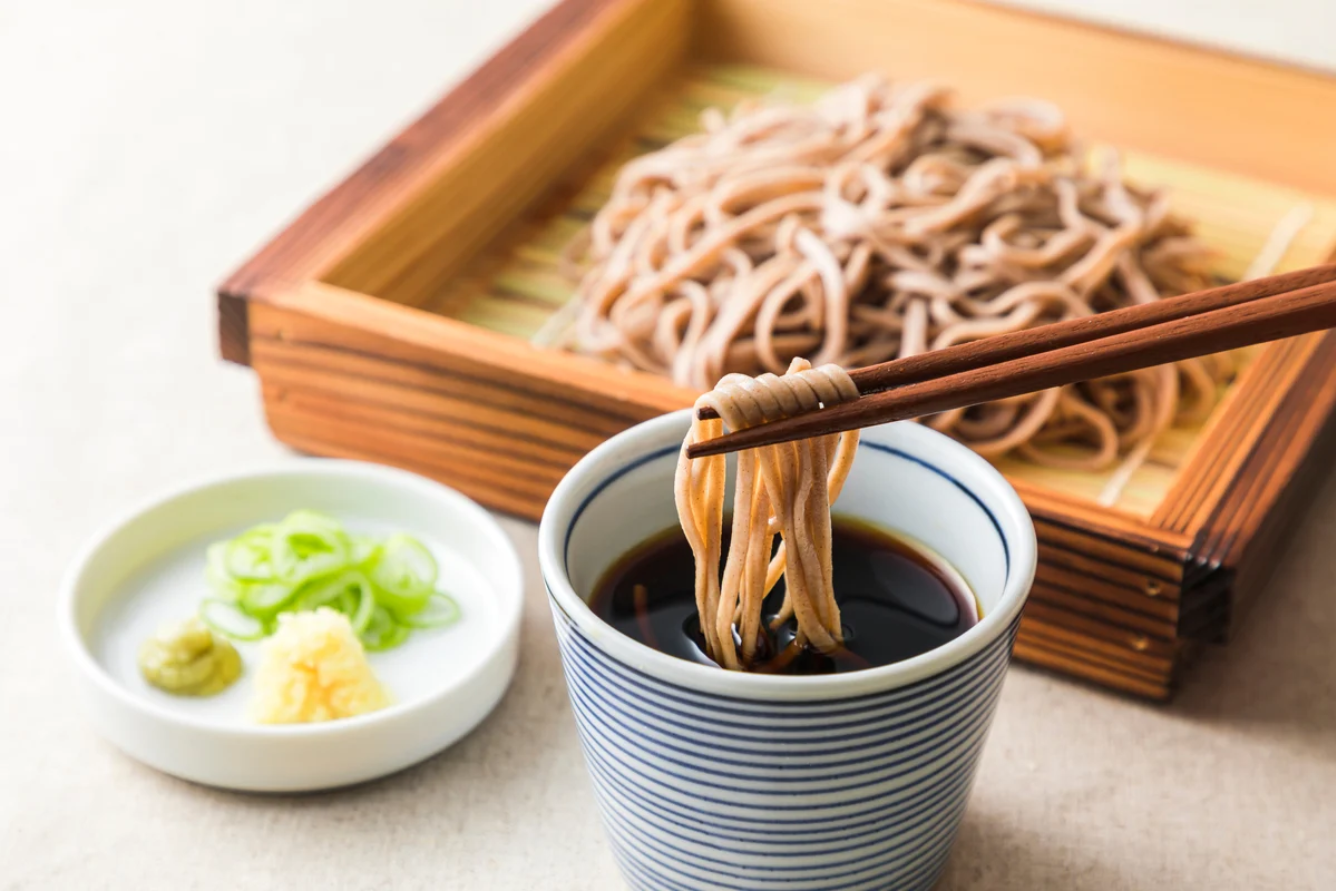

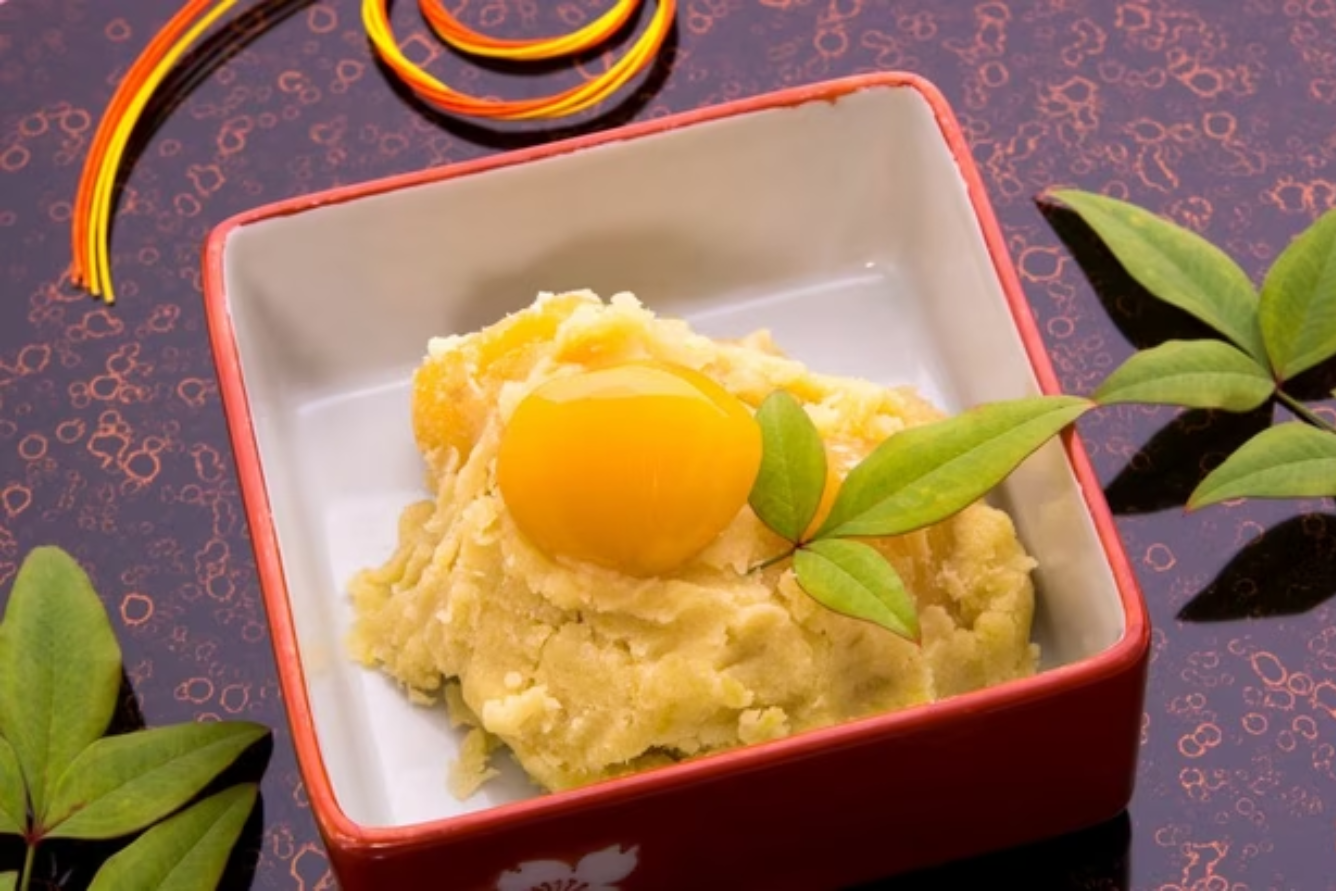
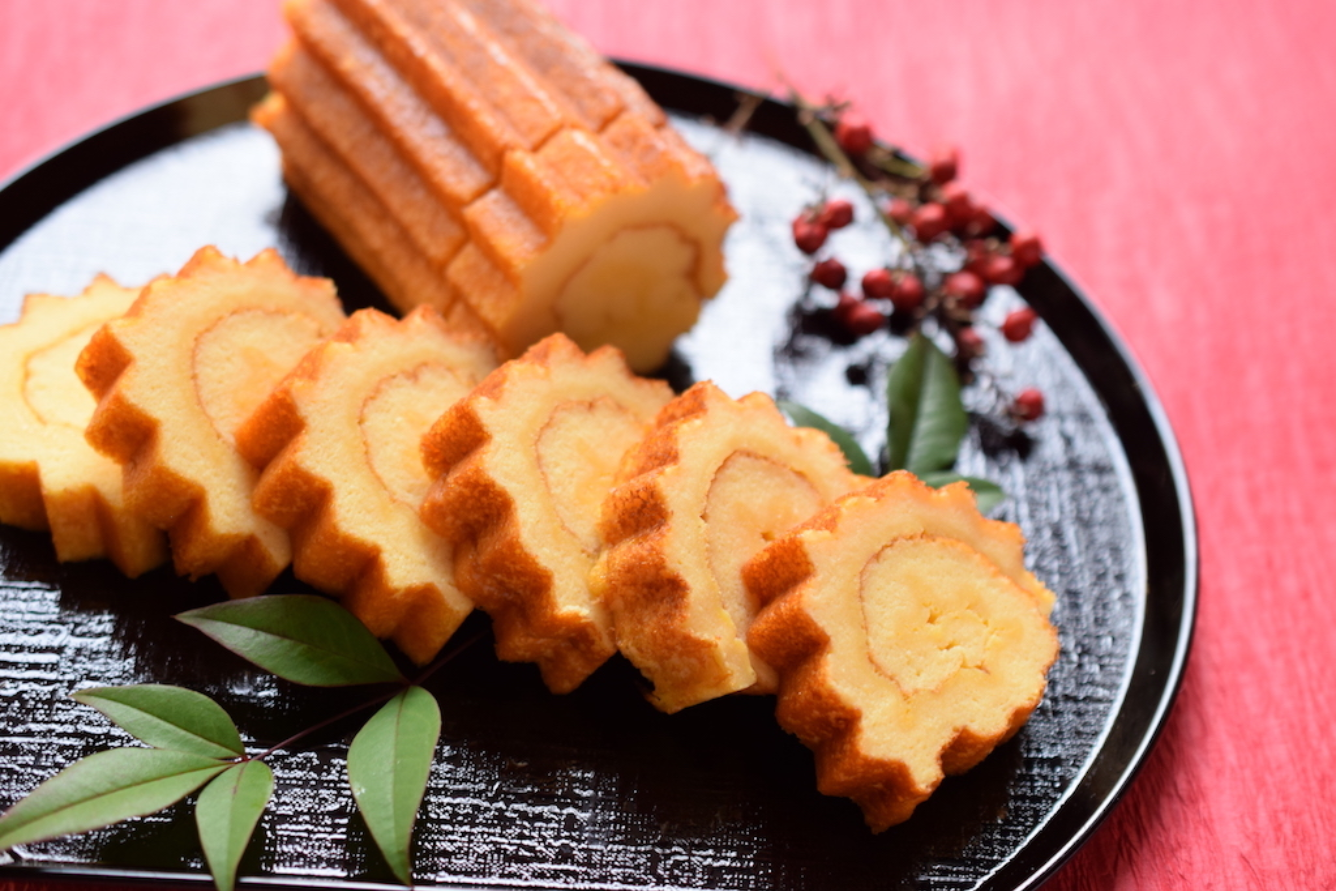
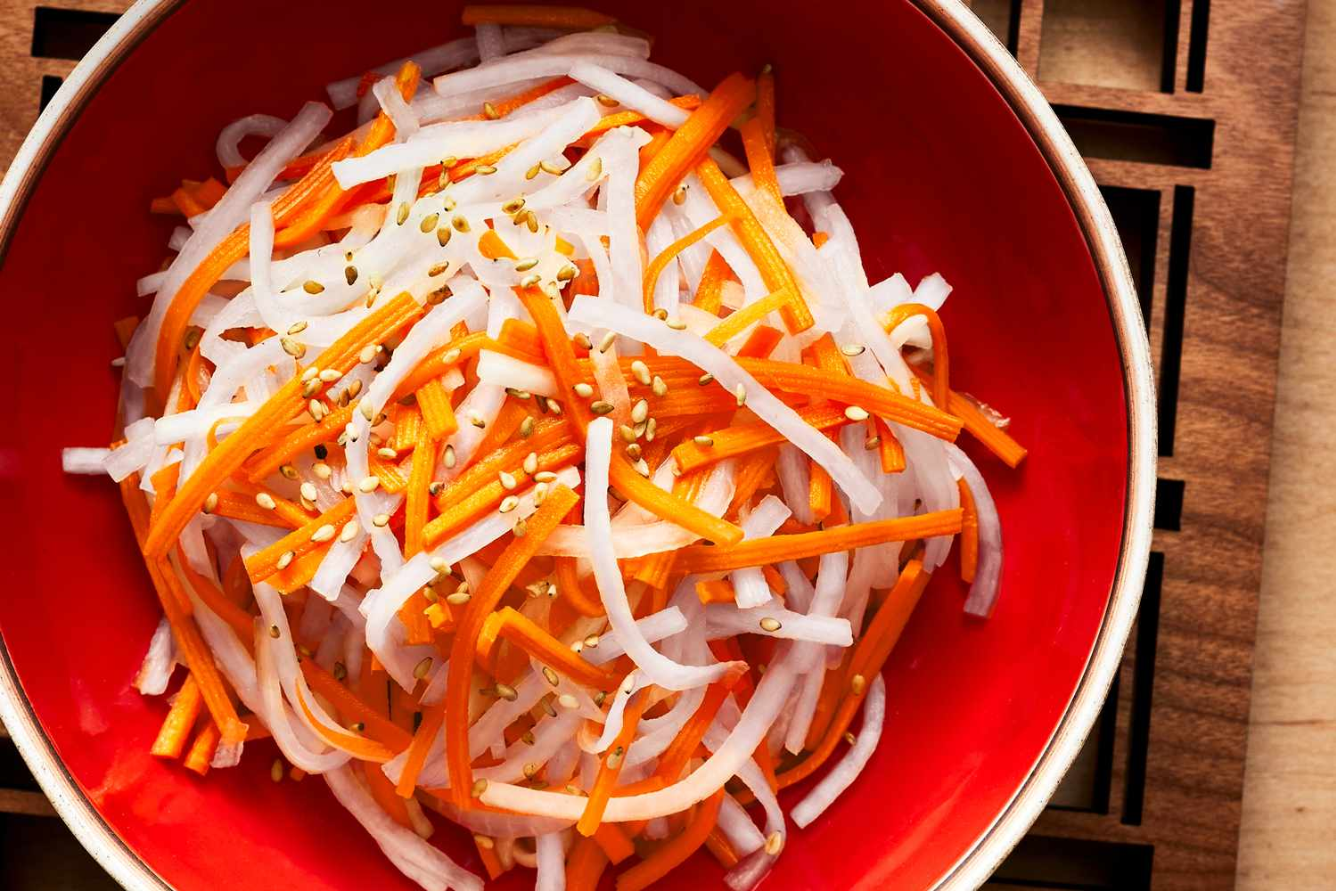
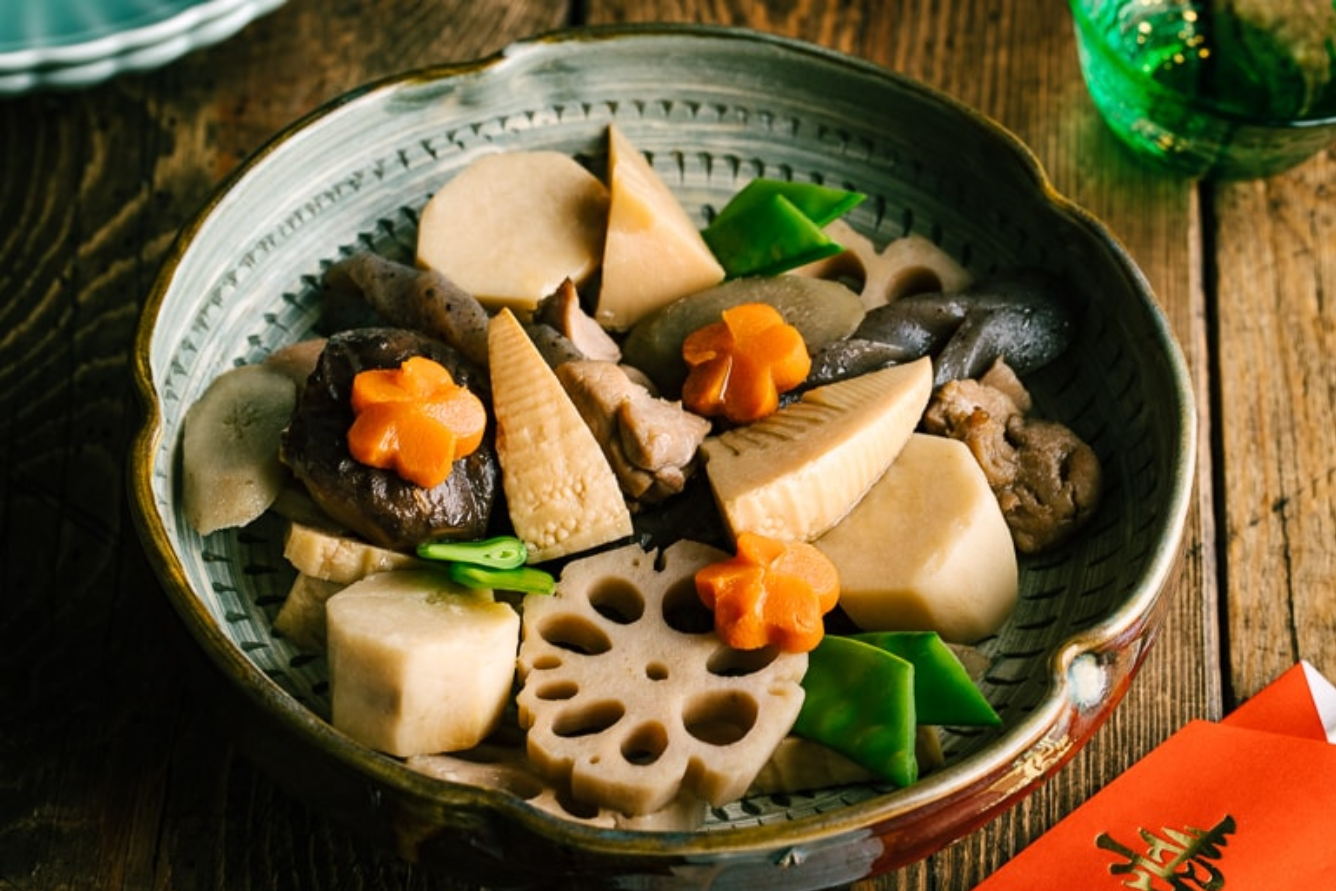
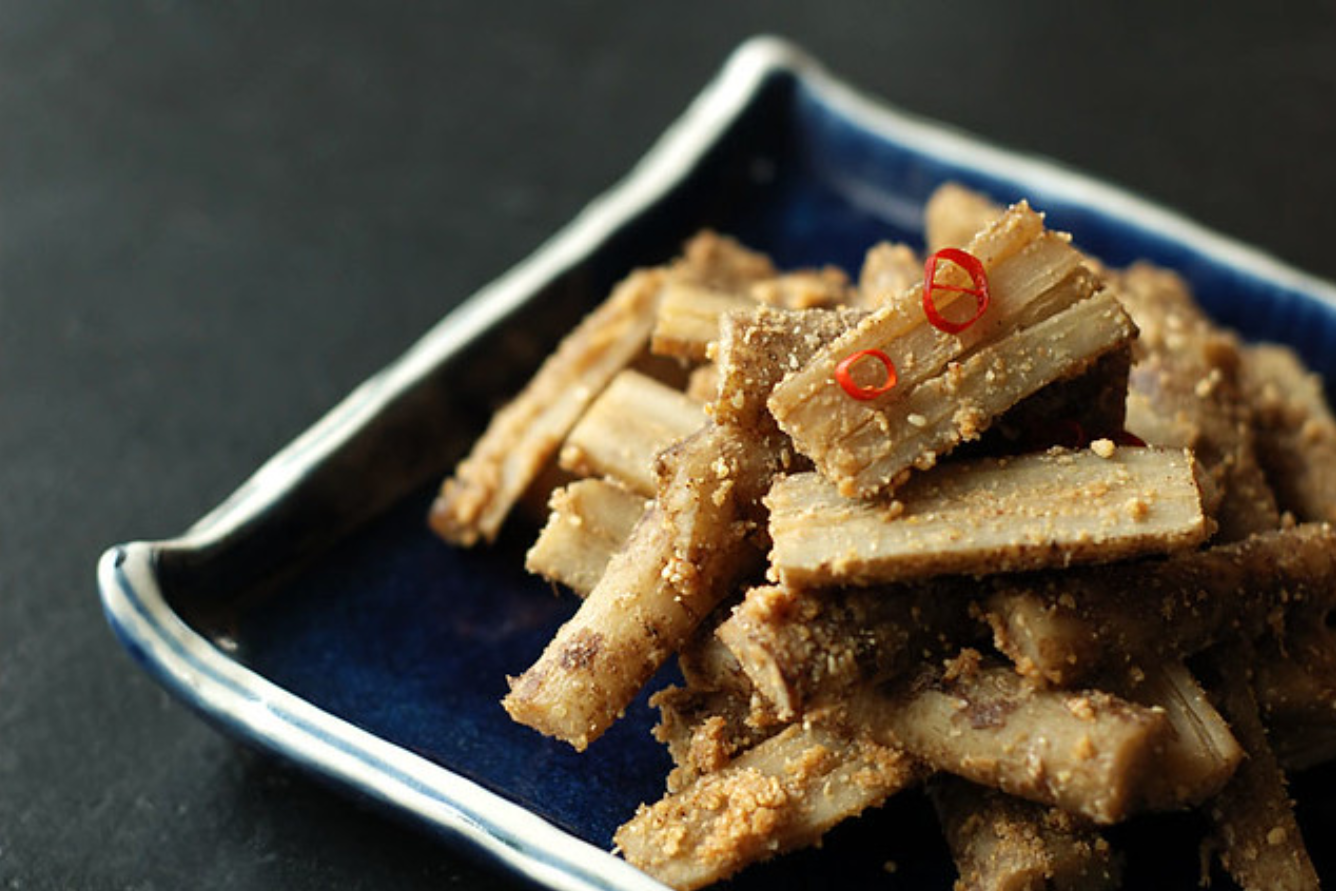
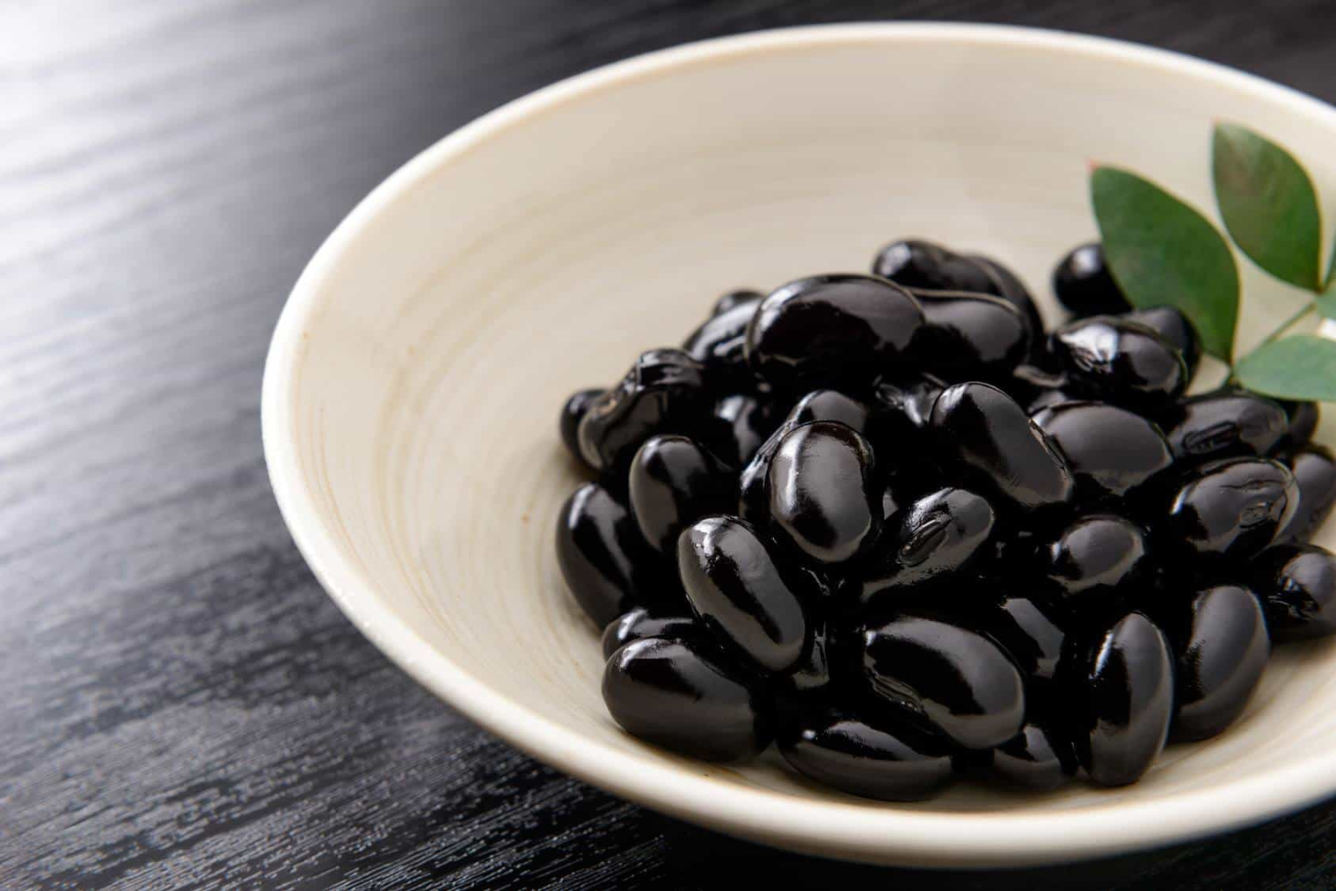
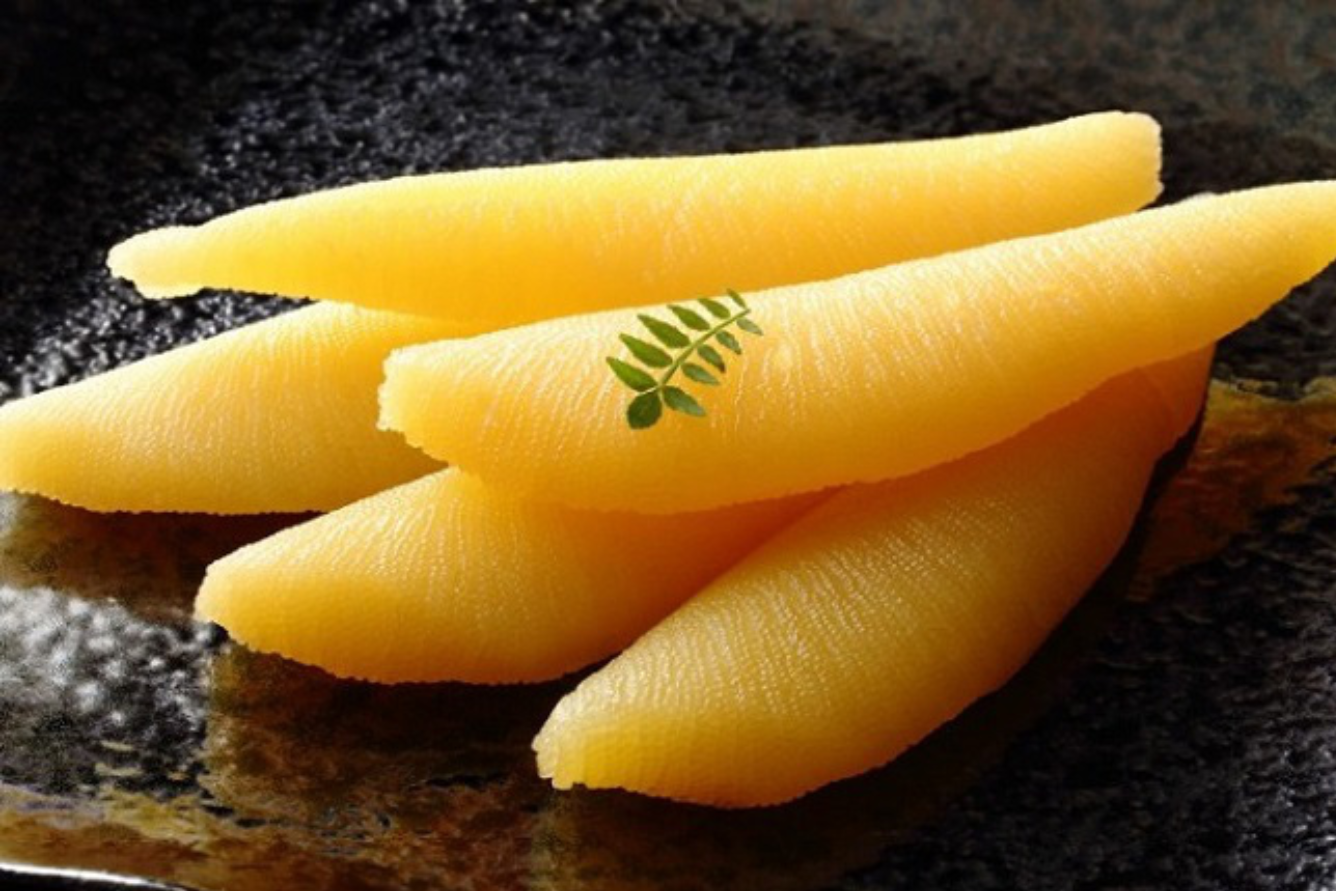

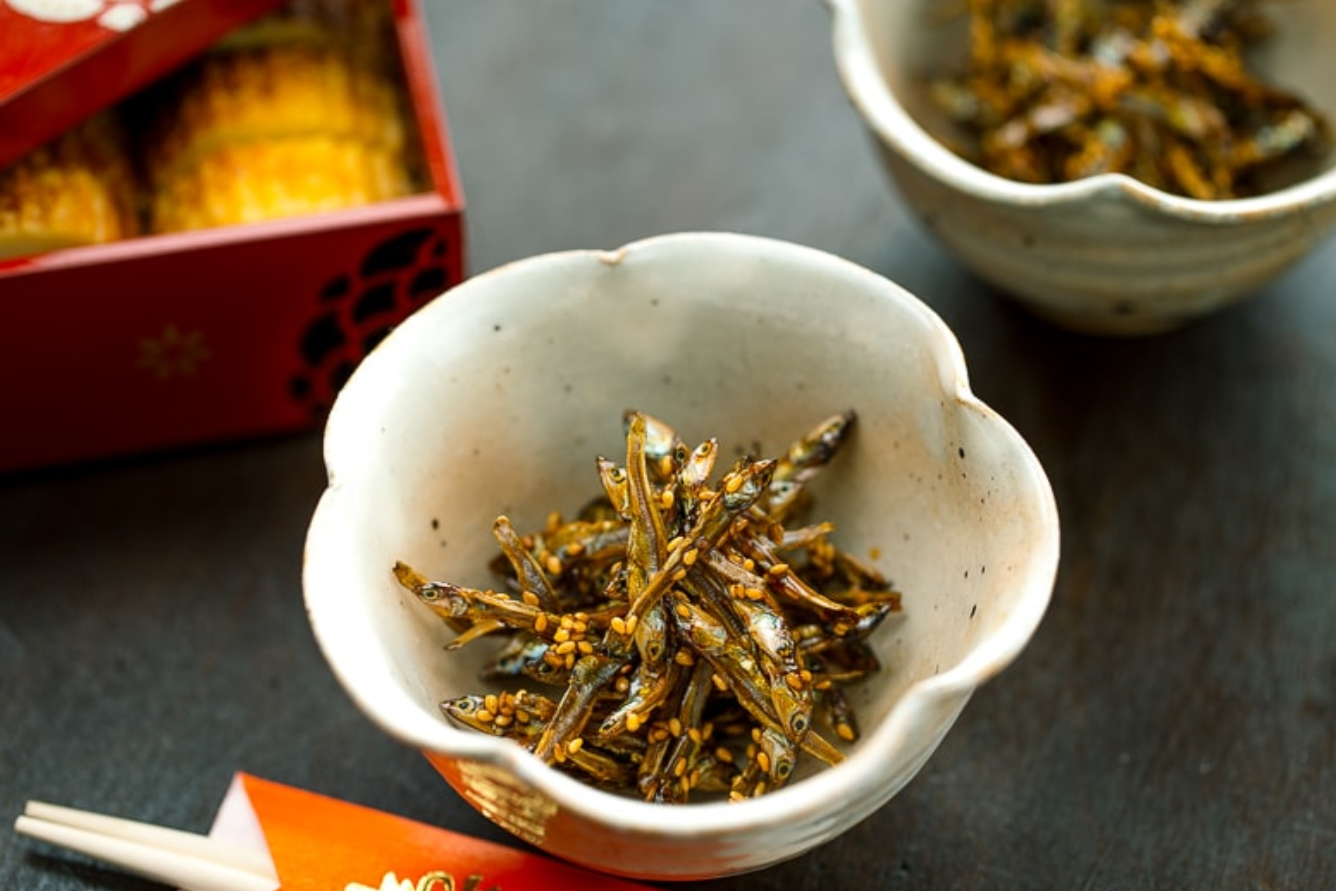
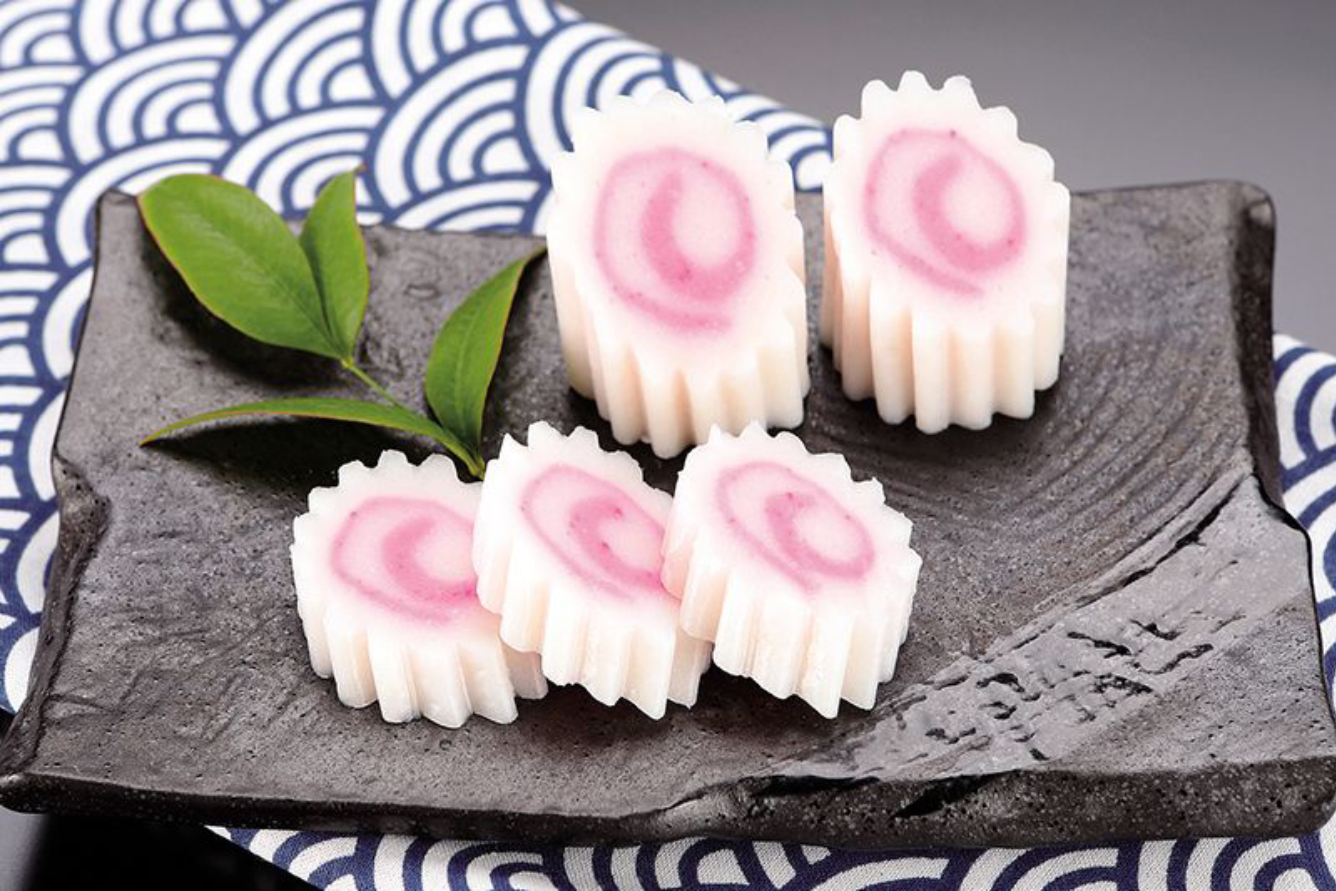
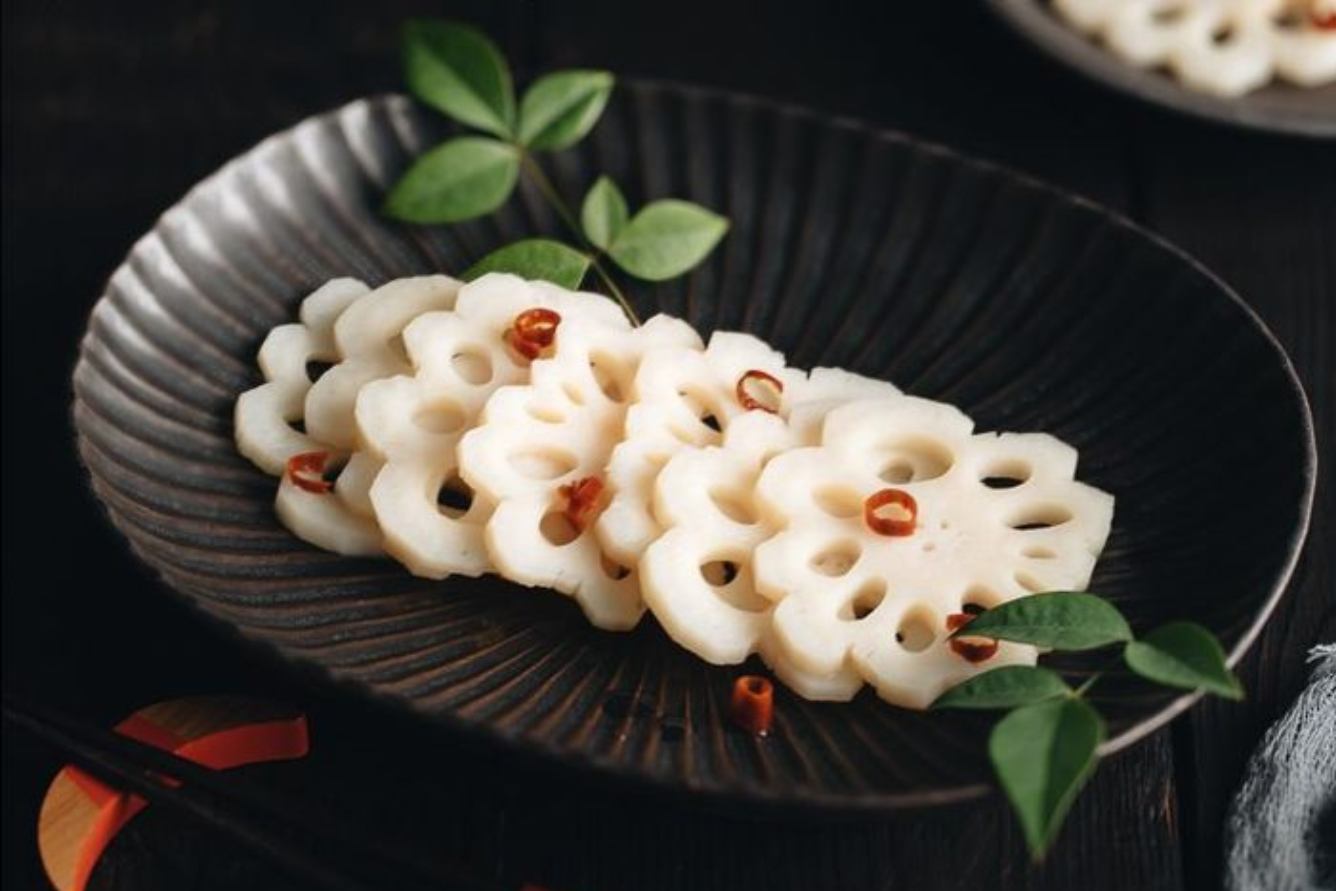


![[Photo] Prime Minister Pham Minh Chinh receives President of Cuba's Latin American News Agency](/_next/image?url=https%3A%2F%2Fvphoto.vietnam.vn%2Fthumb%2F1200x675%2Fvietnam%2Fresource%2FIMAGE%2F2025%2F12%2F01%2F1764569497815_dsc-2890-jpg.webp&w=3840&q=75)






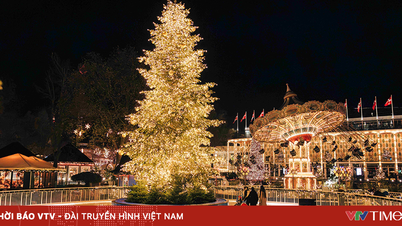

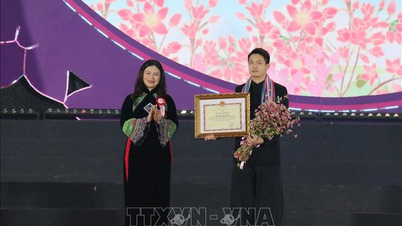






























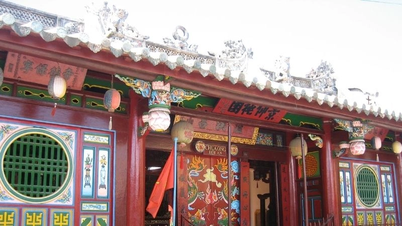






































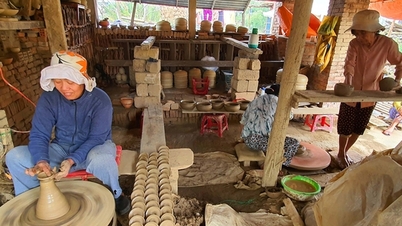
























Comment (0)